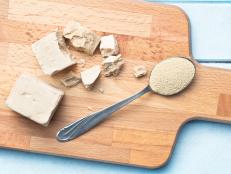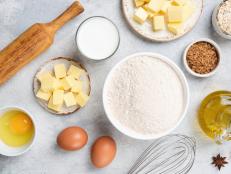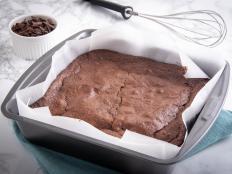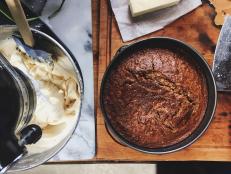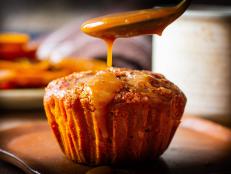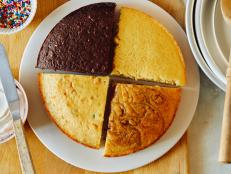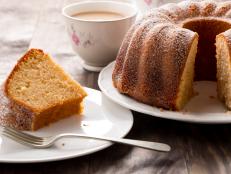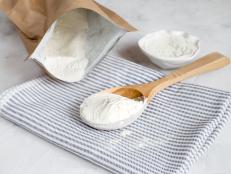A Primer on Every Single Type of Yeast for Baking
And how to substitute for yeast.
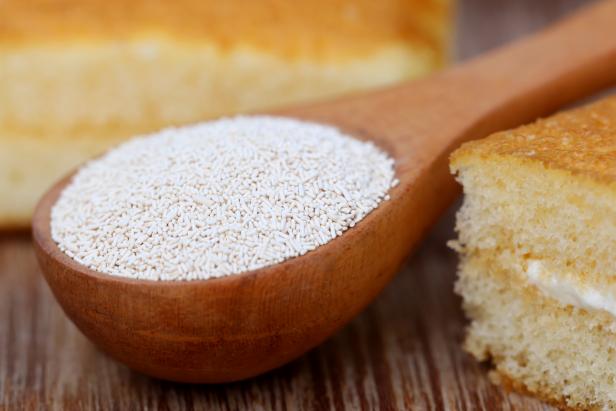
bdspn/Getty Images
By Jessie Sheehan for Food Network Kitchen
Jessie Sheehan is a baker and cookbook author.
Although it seems as if there are a myriad of different kinds of yeast and a myriad of different baking occasions at which each one must come into play, we’ve got news for you (and we think you’re going to like it): there are actually only two different kinds of yeast – instant yeast and active dry – and you can – in fact – substitute one for the other in almost every baking scenario you might find yourself in, as long as you follow a few simple rules (that we’re here to walk you through). We are going to break down the two different categories of yeast – instant and active dry, as well as a few sub-categories that you may have heard thrown around (“bread machine yeast” anyone?). But before we dive into all this, we suggest you take a look here for some general, but pretty cool, info that answers that other deep baking question: what is yeast??
What Is Active Dry Yeast?
Active dry yeast has tiny grain-sized particles that are slightly larger than those that make up instant yeast. It is often sold in small foil packets or sometimes little glass jars. Active dry yeast must be rehydrated or “activated” before you can use it, by combining it with a small amount of warm liquid, often water. Bubbles should form within 5 to 10 minutes of proofing the yeast, indicating that the yeast is alive and well and ready to be combined with the other ingredients in your recipe. If bubbles do not form, your yeast is likely dead and sadly this happens with a fair amount of frequently. In fact, active dry yeast is a pretty unreliable form of yeast and is quite perishable. For instance, though it needs warm water to be activated, the water cannot be too warm or you will kill it.
When to use it: Active dry yeast is best for baked goods that require more than one rise, or that benefit from a rest overnight in the refrigerator.
What Is Instant Yeast?
Instant yeast is also a dry yeast, but is milled more finely than active, and has even tinier, grain-sized particles. It is often sold in bulk and can handle both heat and cold – in fact we freeze it for long stretches. In short, it is less perishable and more reliable than active, and rarely “dies” (honestly, like never). Moreover, instant yeast does not require activation or proofing, as the particles are so small that dissolving them in liquid before using it is unnecessary. Thus, instant yeast is simply whisked in with the recipe’s other dry ingredients and it is for this “ease of use,” that we just love it.
When to use it: Instant yeast is great when a recipe requires just one rise, as it works more quickly than active, but we have used it with great success in recipes that call for two, or even for an overnight rest in the refrigerator.
What Is Fast-Acting Yeast?
Fast-acting yeast – often referred to as “rapid” or “quick rise” – is a sub-category of instant yeast; and thus is as easy to use and as reliable. Enzymes and other additives are included in fast acting yeast in order to speed up the time it takes for a dough to rise. Interestingly, the terms “quick rise” and “rapid rise” refer to actual branded products, “quick” belongs to Red Star, and “rapid” to Fleischmann’s. And because they are not regulated in any way, the strength of the yeast, or speed with which they contribute to rise, varies a great deal.
When to use it: With fast acting yeast, a single rise is all that is required – in other words, your dough can be kneaded and then shaped – there is no pre-shape rest required. The yeast works so quickly that it is not a great yeast for baked goods that benefit from an overnight rise in the refrigerator or a long, slow luxurious one on the counter.
What Is Bread Machine Yeast?
Bread machine yeast is a kind of instant yeast – a Fleischmann product, in fact – and is best used when kneading dough in a bread machine.
When to use it: In other words, the yeast is formulated in such a way that it performs best when included in a dough that will be kneaded in a machine, as opposed to by hand or in a stand mixer. It is similar to fast acting yeast and thus should not be used for baked goods that benefit from multiple rises or an overnight rest in the fridge.
How Do You Substitute Instant Yeast for Active Yeast and Vice Versa?
If your recipe calls for active dry yeast, but you only have instant, do not fear! You can merely add the instant yeast along with the other dry ingredients and disregard the instructions about proofing the yeast. But be sure to add the liquid in which you were supposed to proof the yeast to the rest of your liquid ingredients.
If your recipe calls for instant yeast, but all you have is active, be sure to hydrate the yeast first in a little of the liquid called for in the recipe – preferably warmed slightly. And once proofed, proceed with the recipe as written.
Recipes with Active Dry and Instant Yeast
Want to see yeast in action? Check out some of these fabulous recipes.
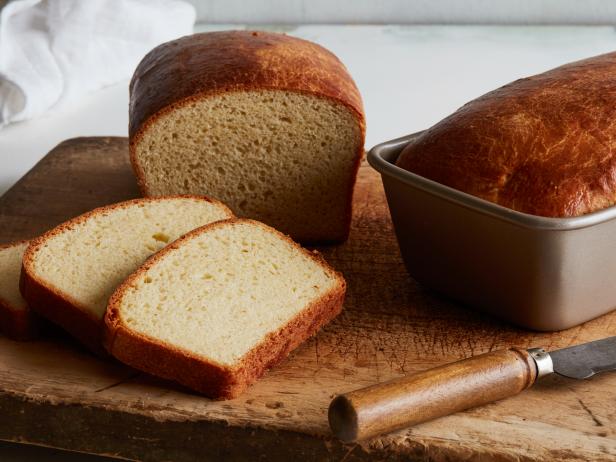
Matt Armendariz
Recipes Calling for Instant Yeast
This Pizza Oven Pizza Dough could not be easier to assemble due to the instant yeast for which the recipe calls.
This Brioche (pictured above) does take some time to rest and rise, but the instant yeast means that the assembly is a breeze.
After two short rises, this Fennel Focaccia, calling for instant yeast, is yours for the eating (and enjoying!).
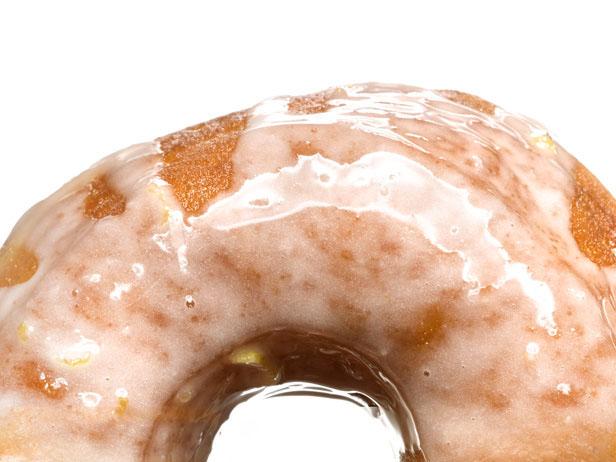
Recipes Calling for Active Dry Yeast
Yeasted Donuts (pictured above) with active dry yeast make for some of the fluffiest and softest fried treats in the land.
This Basic Pizza Dough demonstrates the proofing that active dry yeast must undergo at the start of the recipe; but the rise itself is quite short here.
These Thanksgiving Rolls require Active Dry Yeast and two rises and could not be tastier.
Related Links:
























